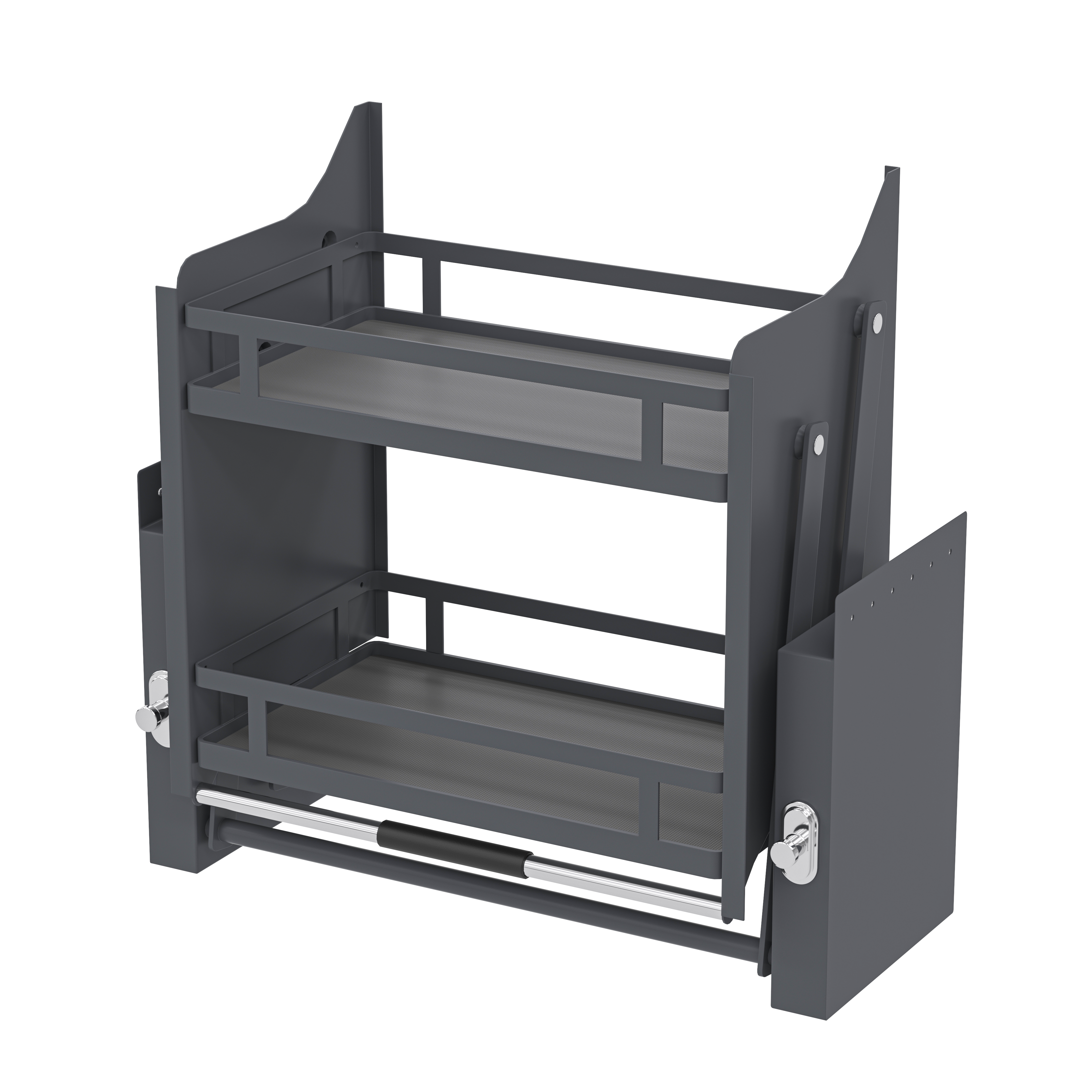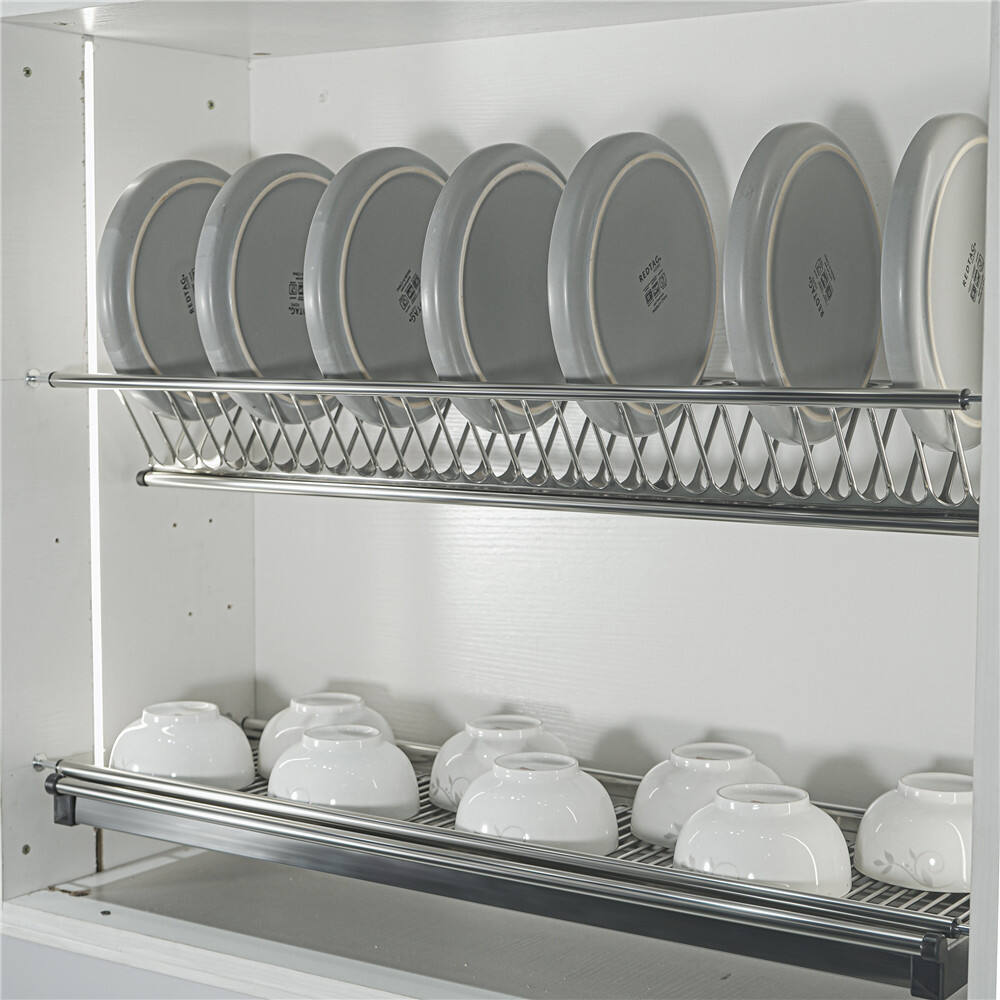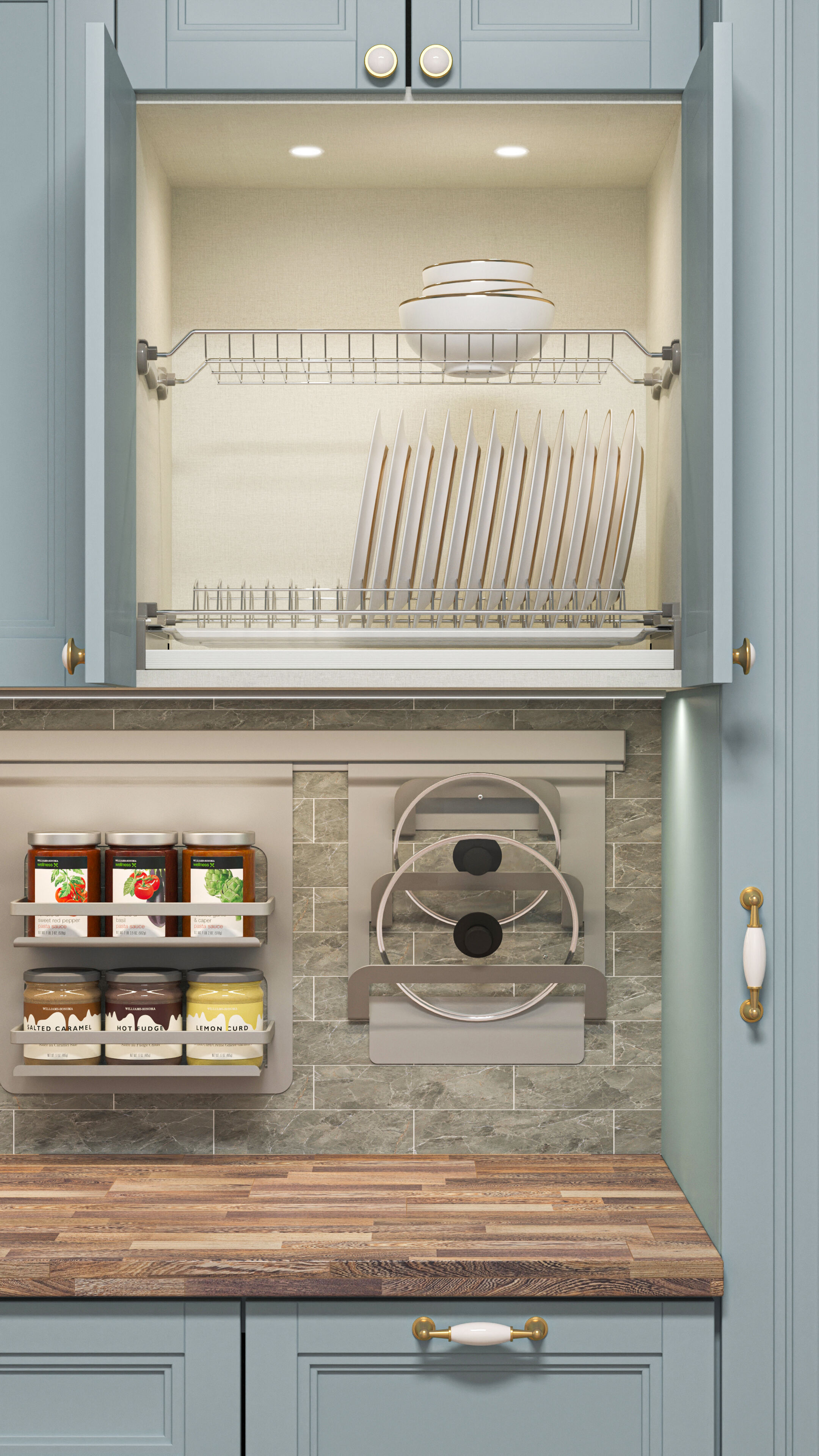radar sensor price
Radar sensor pricing encompasses a wide range of options, reflecting the diverse capabilities and applications of these sophisticated detection devices. Modern radar sensors, available at various price points from $50 to $5000, offer essential features such as motion detection, distance measurement, and velocity tracking. The price variation largely depends on factors including detection range, accuracy levels, and industrial applications. Entry-level radar sensors, typically priced between $50 and $200, provide basic motion detection and simple distance measurement capabilities, making them suitable for automotive parking systems and home security applications. Mid-range options, costing $200 to $1000, offer enhanced precision and additional features like multiple target tracking and broader detection angles, ideal for industrial automation and traffic monitoring. Premium radar sensors, priced above $1000, deliver superior performance with advanced capabilities such as high-resolution imaging, weather resistance, and extensive range coverage, perfect for sophisticated security systems and professional applications. The market also offers specialized radar sensors with specific features tailored to unique requirements, such as through-wall detection or high-speed tracking, which can command premium prices based on their specialized capabilities.


